Ryobi Gutter Cleaner Review
- June 11, 2024
- 0 comment
As the leaves turn and fall, they often find a new residence in our gutters, leading to the daunting task of clearing them out as winter approaches. Enter the Ryobi Gutter Cleaner, a promising solution for homeowners weary of climbing ladders and manually scooping out the soggy remnants of autumn.
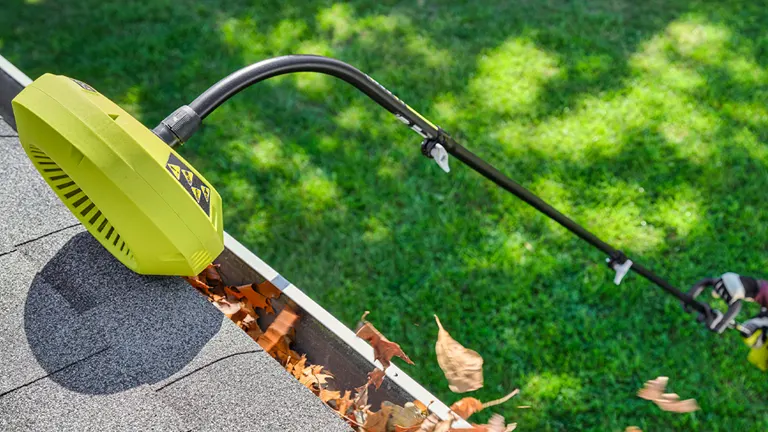
Priced at $129.00, this tool is part of the Ryobi EXPAND-IT Attachment System and claims to simplify gutter maintenance by transforming any attachment-capable string trimmer into an efficient gutter blower. But does it live up to its promises? I unboxed, set up, and put this gutter cleaning gadget to the test through a season’s worth of debris to find out if it’s the helping hand you need—or just another tool in the shed. Join me as we dive deep into its performance, from initial setup to real-world testing.
Specifications of Ryobi Gutter Cleaner
- Air Volume: 185 CFM
- Air Speed: 145 MPH
- Length: 7.09 feet
- Weight: 4.88 lbs
- Warranty: 3-Year Limited Warranty
Unboxing & Setup
When the Ryobi Gutter Cleaner arrives, you’ll notice it’s packaged in a notably large and somewhat awkwardly shaped box. The easiest way to handle this? Start by opening the box from the bottom—this strategy proves to be a neat trick to manage its size and shape effectively.
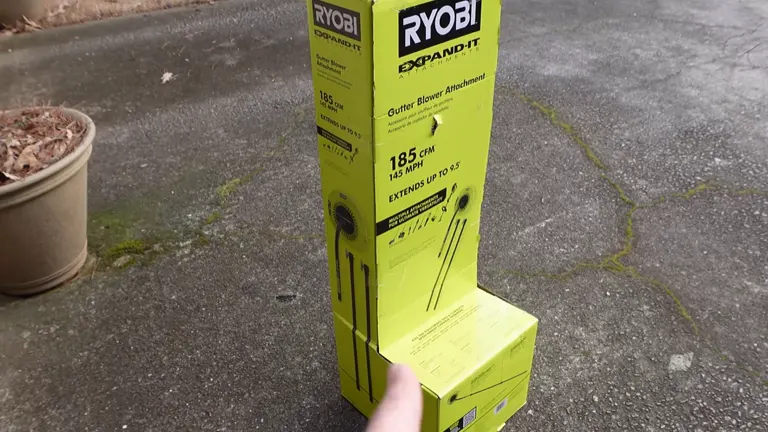
Inside the box, you are immediately greeted with two extension rods, each equipped with its own hanging adapter for convenient storage. These rods are crucial for extending the reach of the cleaner, making it versatile enough to handle both low and high gutters effortlessly. Alongside these, the main unit is neatly packed and ready for action as soon as it’s unpacked.

Also tucked away within the packaging are the essentials for getting started: a product registration card and a user-friendly instruction manual. The setup process is designed to be straightforward and hassle-free. Simply attach the main power unit to your existing Ryobi power head—this should click into place easily. Once attached, secure everything by tightening the built-in locking mechanism to ensure stability during use. With these few steps, your Ryobi Gutter Cleaner is assembled and ready to tackle the task at hand. This quick and easy setup means you spend less time fiddling with assembly and more time focusing on effectively maintaining clean gutters.
Initial Testing
The initial testing of the Ryobi Gutter Cleaner was conducted on gutters approximately 8 feet above the ground. Using just the base unit, I found it adequately reached this height without any need for the extension rods, allowing for swift and effective debris removal. For homes with higher gutter systems, the cleaner is equipped with two extension rods, each adding an additional 36 inches of reach. This adaptability makes the tool ideal for reaching heights well beyond the standard 8 feet, capable of cleaning gutter systems as high as 12 feet or more.

However, the use of these extensions can sometimes complicate handling. The added length can make the unit feel cumbersome, especially when used at heights where such extension isn’t necessary. From this experience, my recommendation is to tailor the setup of your Ryobi Gutter Cleaner to the specific height and accessibility of your gutters. By customizing the length of the cleaner to suit your specific needs, you enhance both comfort and efficiency during use. This customized approach helps ensure the cleaner is not only easier to handle but also more effective in targeting and clearing out gutter debris.
Real-World Performance
During a real-world test, the Ryobi Gutter Cleaner was put to work on gutters filled with a season’s worth of leaves and pine straw, presenting a tough challenge right off the bat. The tool, straightforward in its operation, required positioning over the gutter and movement from right to left.
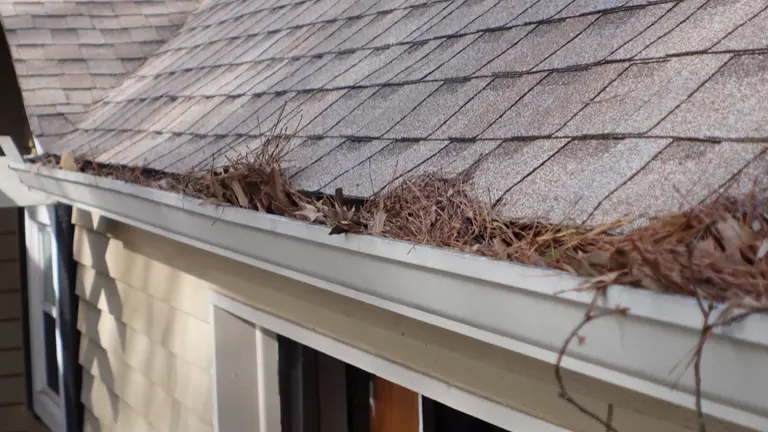
However, it initially struggled with the compacted mess. The thick, intertwined layers of wet leaves and pine straw proved difficult to dislodge and move, even with the tool’s powerful airflow. Adding to the difficulty were the gutter support beams, around which debris tended to accumulate, frequently causing blockages.

This not only slowed down the cleaning process but also highlighted the cleaner’s limitations with heavily compacted materials and more complex gutter layouts. In such cases, a preliminary manual clearing might be necessary to break up severe blockages and optimize the cleaner’s effectiveness.
Manual Intervention
During a close-up inspection of the gutters, I encountered severely compacted debris, the kind that accumulates over months in neglected gutters. This heavy buildup simulated a worst-case scenario, underscoring the extent of the compaction.
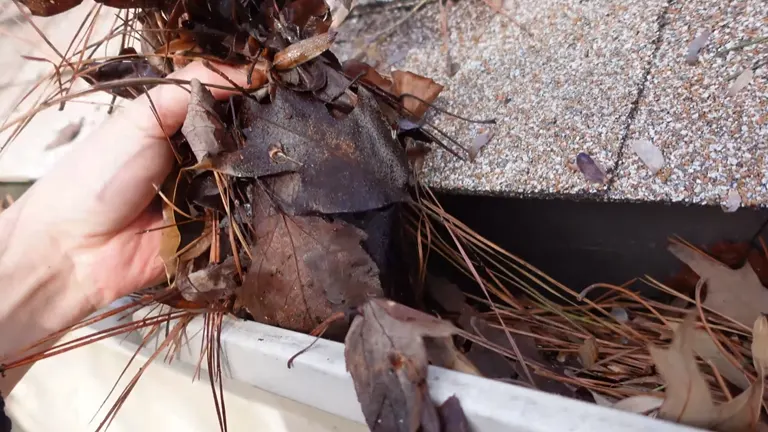
To tackle this, I resorted to manually clearing out the densest accumulations, a necessary step to prepare the gutters for mechanical cleaning. After removing the heaviest layers by hand, I tested the Ryobi Gutter Cleaner again. This time, the performance was markedly improved. The cleaner was now able to effectively remove the remaining lighter and looser debris, demonstrating its capability when the gutters are prepped adequately beforehand.
Enhanced Performance with Upgrades
Following a conversation about the initial performance shortcomings, Ryobi stepped in to upgrade my setup with a new, more powerful 40-volt brushless power head. This enhancement significantly boosted the cleaner’s effectiveness.

With this upgraded power source, maneuvering the cleaner became smoother and more efficient, allowing for a quicker and more thorough cleaning process. Despite these improvements, I still encountered some issues with debris clinging to the gutter’s support beams. To overcome this, I employed a side-to-side shaking technique, which proved effective in dislodging these stubborn remnants, ensuring a more comprehensive clean.
Conclusive Trials
In a final set of tests to validate the Ryobi Gutter Cleaner’s effectiveness on well-maintained gutters, I removed old gutter guards and conducted another round of cleaning. The performance this time around was significantly improved, demonstrating the cleaner’s ability to handle and efficiently remove residual debris.

However, it’s important to manage expectations regarding post-cleanup. While the gutters themselves were left clean, the dislodged debris accumulated on the ground below. This necessitates a follow-up task of blowing or gathering the fallen debris to ensure a completely tidy outcome. This step is essential to keep your surrounding area clean and prevent any potential re-clogging of the gutters from debris left around the foundation.
Pros of the Ryobi Gutter Cleaner
- The Ryobi Gutter Cleaner is part of the EXPAND-IT series, which means it can be easily attached to various power heads, both from Ryobi and other compatible brands. This versatility saves money and space, as you can use the same power head for multiple tools.
- The cleaner comes with two extension rods, each adding 36 inches, allowing you to reach up to 9.5 feet when fully assembled. This feature is perfect for cleaning high gutters without needing a ladder, making the job safer and quicker.
- Equipped with a robust blower that outputs 185 CFM of air volume at a speed of 145 MPH, the Ryobi Gutter Cleaner can forcefully remove pine needles, wet leaves, and compacted debris, ensuring your gutters are thoroughly cleaned.
- From the unboxing to operation, setting up the cleaner is straightforward. The components fit easily, and the locking tabs ensure everything stays securely in place during use.
- If initially the power seems lacking, upgrading to a newer power head, like the 40-volt brushless model, significantly improves performance, providing more thrust to remove stubborn debris.
Cons of the Ryobi Gutter Cleaner
- When fully extended with both rods, the unit can become awkward to handle, especially if the power head is positioned too low. This might require some getting used to or adjustments based on your specific height and gutter setup.
- In cases of severely neglected gutters filled with compacted materials, the cleaner struggles to break apart and remove the debris effectively. This might necessitate pre-cleaning or manual intervention to loosen the materials first.
- One persistent issue is debris getting caught on gutter support beams, which can block the blower’s path and hinder cleaning efficiency. This often requires stopping to manually clear the path or adjust the cleaning approach.
- After each use, especially in challenging conditions, maintenance is required to ensure longevity and performance. This includes cleaning the extension rods and blower unit and checking for any wear on the locking mechanisms.
- While the Ryobi Gutter Cleaner attachment itself is part of a versatile system, the initial investment might be higher if you don’t already own a compatible power head or need to buy additional extensions for higher gutter systems.
Final Thoughts
The Ryobi Gutter Blower Attachment (RYGUT) is a valuable tool for regular gutter maintenance, reducing the need for ladders and manual cleaning. While it excels in lighter, less compacted conditions, heavily neglected gutters might require pre-cleaning for optimal results. This tool is part of the Ryobi EXPAND-IT Attachment System, designed with versatility and space-saving in mind.
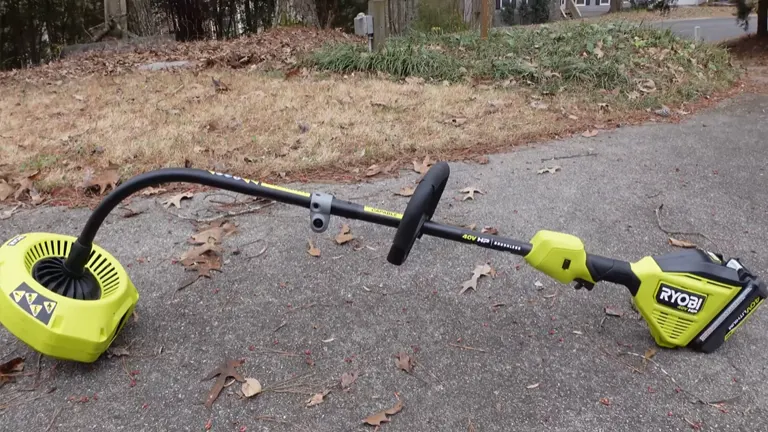
If you’re tackling seasonal gutter cleaning, this attachment could streamline your process, though it’s not a one-stop solution for heavily compacted debris scenarios. Overall, it is a robust addition for those already invested in the Ryobi system, enhancing routine maintenance and ensuring cleaner gutters with less hassle.
FAQs
- How does the Ryobi EXPAND-IT Gutter Cleaner work with different power heads?
The Ryobi EXPAND-IT Gutter Cleaner is designed to be compatible with various power heads, including both gas and electric models. It connects easily to the power head through a secure locking mechanism that ensures stability and power transfer, enabling it to clear debris efficiently. - What type of maintenance is required to keep the Ryobi Gutter Cleaner in optimal condition?
Regular maintenance for the Ryobi Gutter Cleaner includes cleaning the extension rods and blower unit after each use to remove any residual debris. It’s also important to check the locking mechanisms and hanging adapters for wear and to ensure they are tightly secured before each use. - Can the Ryobi Gutter Cleaner attachment reach gutters on a two-story house?
The Ryobi Gutter Cleaner can extend up to 9.5 feet. For two-story homes, additional extension rods may be necessary. It’s essential to ensure that the power head and battery used can support the added weight and balance needs when fully extended. - What makes the Ryobi EXPAND-IT Gutter Cleaner environmentally friendly?
The Ryobi Gutter Cleaner helps reduce environmental impact by eliminating the need for chemical cleaning solutions. It uses the mechanical force of air to clear debris, which is a clean energy method that decreases the potential pollution associated with gutter cleaning chemicals. - How effective is the Ryobi Gutter Cleaner in removing wet and compacted debris?
Equipped with a powerful blower mechanism, the Ryobi Gutter Cleaner is effective in removing wet leaves, pine needles, and compacted debris. Its design allows for a concentrated airflow that can dislodge and remove stubborn gutter build-up. - What are the safety features of the Ryobi Gutter Cleaner?
The Ryobi Gutter Cleaner includes several safety features, such as a secure locking mechanism to prevent detachment during use and a balanced design to reduce strain when handling. Always ensure that the cleaner is correctly assembled according to the instructions before use to maintain safety. - Is there a technique to optimize the use of the Ryobi Gutter Cleaner for heavy debris?
For heavy debris, it is recommended to start at one end of the gutter and methodically move toward the other end, allowing the debris to accumulate and be pushed out gradually. Periodically stopping to remove large clumps can prevent clogging and maintain effective airflow.
We’ve taken a good look at what the Ryobi Gutter Cleaner can do—now we’d love to hear from you! Have you tried it out, or are you thinking about giving it a go? Drop your questions or share your own tips in the comments below. Your insights are invaluable and help everyone learn more.

David Murray
Forestry AuthorI'm David Murry, a forestry equipment specialist with a focus on chainsaw operation. With over 13 years of experience, I've honed my skills in operating and maintaining a wide range of machinery, from chainsaws to log splitters. My passion for the outdoors and commitment to sustainable forestry drive my work, which emphasizes safety, efficiency, and staying updated with industry advancements. Additionally, I'm dedicated to sharing my expertise and promoting environmental awareness within the forestry community.


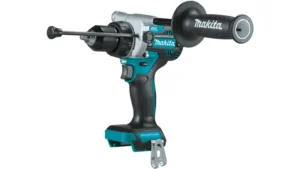

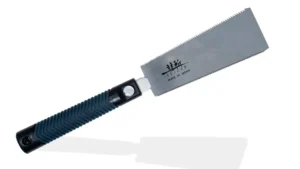

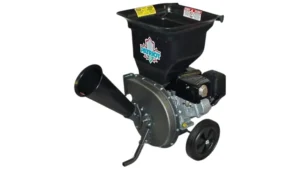

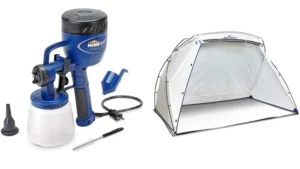
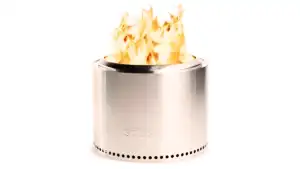
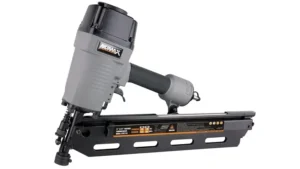
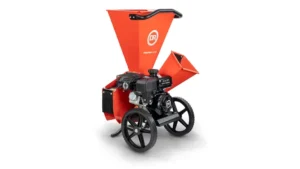

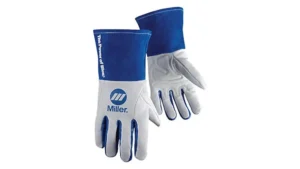
Leave your comment